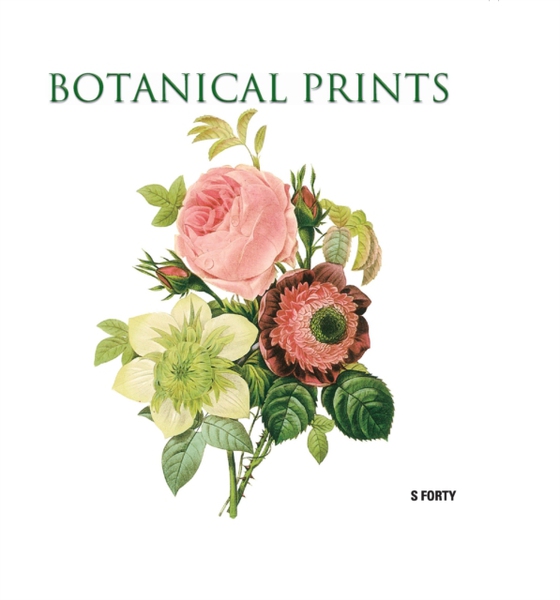
Botanical Prints e-bog
32,15 DKK
(inkl. moms 40,19 DKK)
The earliest botanical illustrations are found inancient herbals—practical works of knowledge, written to pass on crucial information about how to heal the sick. Around the time of the Renaissance, however, flowers began to be more generally appreciated for their beauty, so talented artists set about capturing their magic. Botanical illustration developed into a high art form during the g...
E-bog
32,15 DKK
Forlag
Taj Books International
Udgivet
2 marts 2013
Længde
96 sider
Genrer
1D
Sprog
English
Format
epub
Beskyttelse
LCP
ISBN
9781844062843
The earliest botanical illustrations are found inancient herbals—practical works of knowledge, written to pass on crucial information about how to heal the sick. Around the time of the Renaissance, however, flowers began to be more generally appreciated for their beauty, so talented artists set about capturing their magic. Botanical illustration developed into a high art form during the golden era of the 18th and early 19th centuries. From that era, date some of the most stunning examples of botanical art ever made. The earliest known examples of published botanical illustration are found in the fivevolume De Materia Medica written by the ancient Greek physician and scholar Pedanius Dioscorides, a traveling physician from Asia Minor who followed the Emperor Nero’s army as it campaigned across the Roman Empire. Many other illustrators followed in the path of Dioscorides—even Leonardo da Vinci tried his hand at botanicals—but undoubtedly the most well-known illustrator is the Flemish artist Pierre Joseph Redouté (1759–1840), who painted exact scientific illustrations for the botanist Charles Louis L’Héritier. Redouté also became Marie-Antoinette’s official draftsman and Painter to the Queen’s Cabinet, especially well known today for his illustrations of roses.
 Dansk
Dansk

